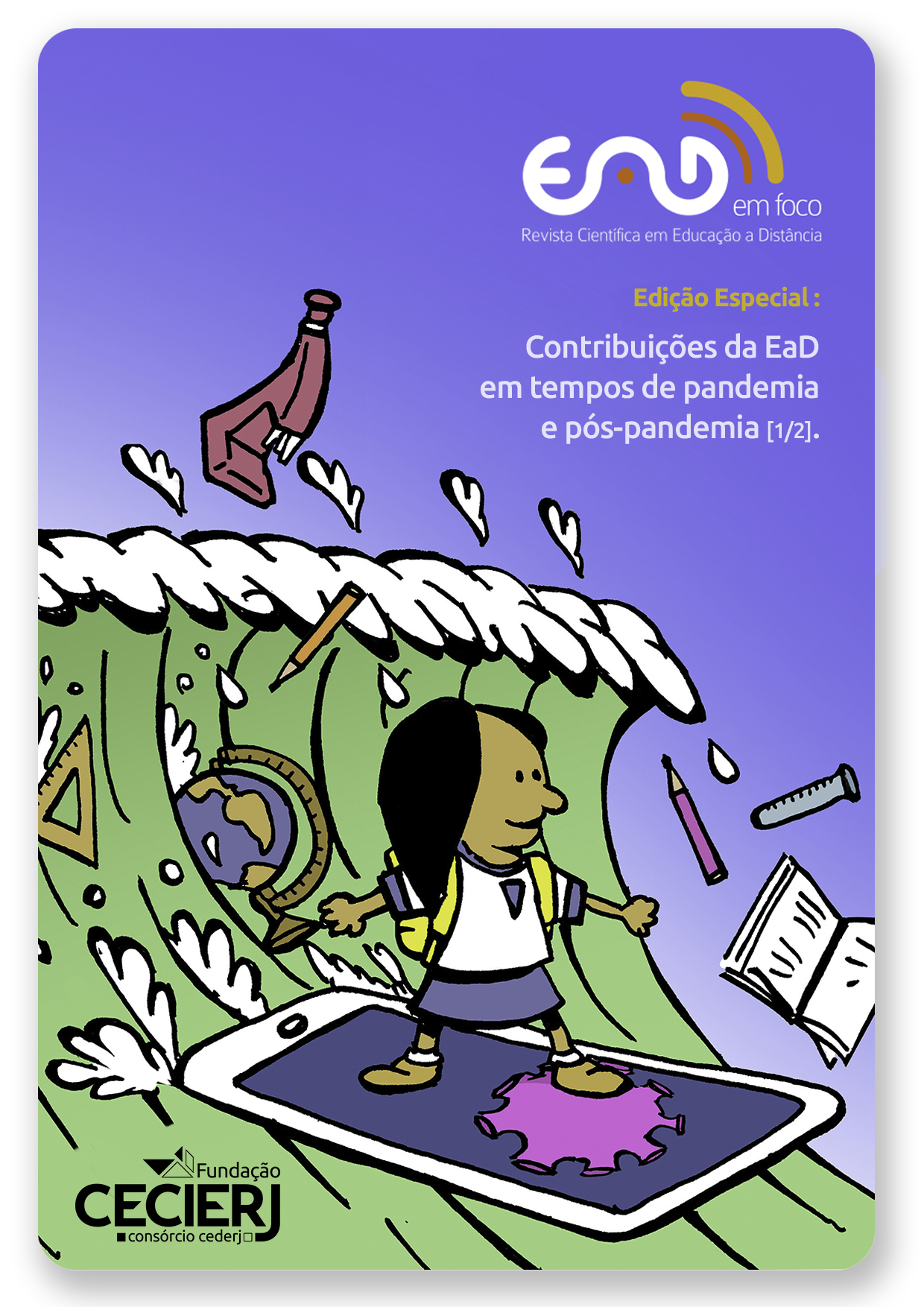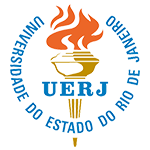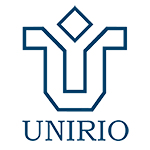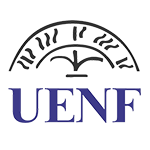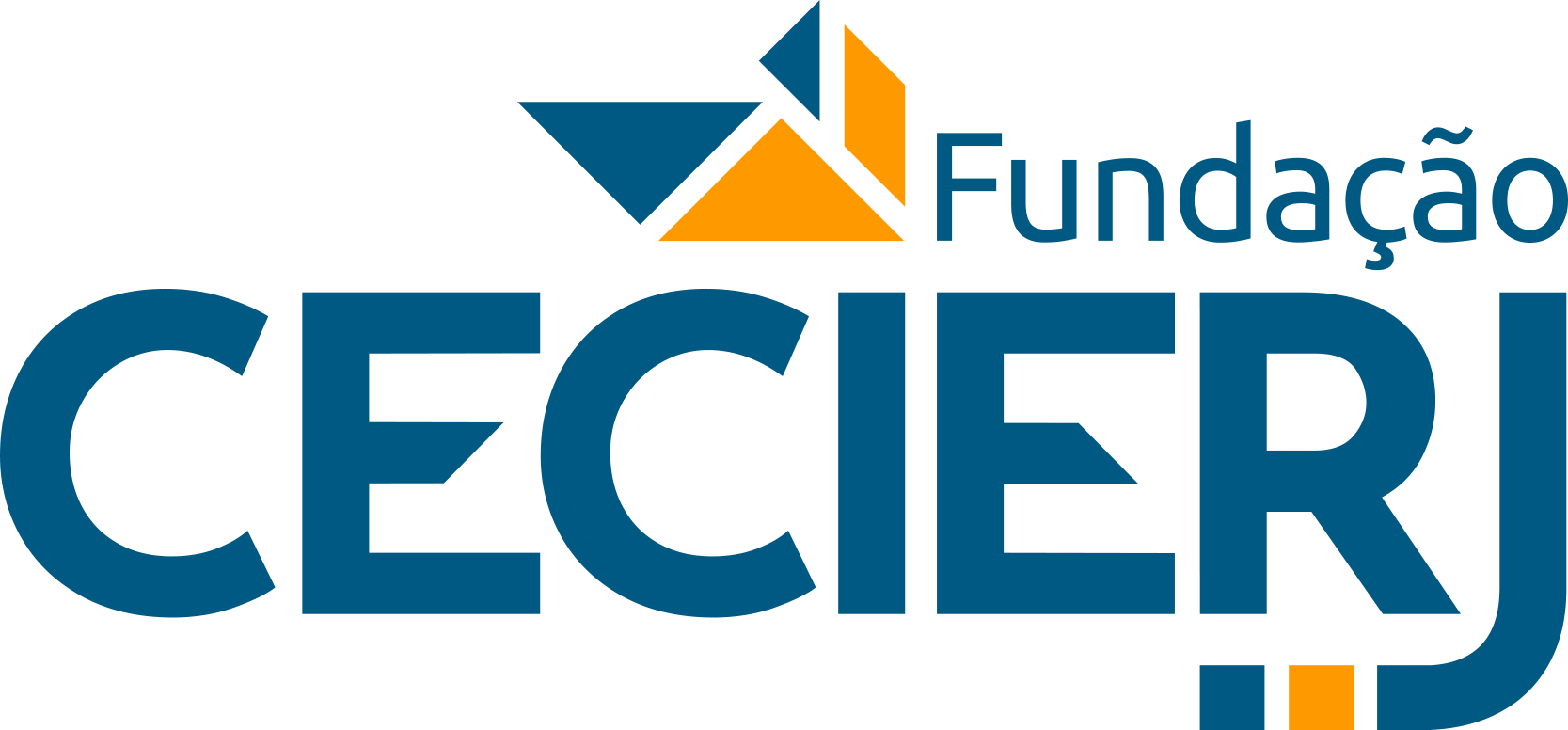Previous Knowledge on Digital Media and Remote Teaching Performance During the COVID-19 Pandemic
Abstract
As of the 1st quarter of 2020, the World Health Organization (WHO) declared the pandemic caused by the Sars-Cov-2 virus, infectious agent of COVID 19, social distancing was proposed as means to deal with this emergency and teaching went remote. In order to find out how teachers dealt with this situation, we conducted a survey using an online questionnaire and asked them to answer, among other aspects, their familiarity with digital media, their perception of their students' appreciation to this type of class and how much of what they have learned during the pandemic they will take to their classrooms once we return to face to face classrooms. In conclusion the technological advances available are allowing teachers, students and guardians to achieve the necessary educational goals, however, they do not guarantee the desired equity. The mismatch of technological advances between teachers and students, between city regions, between social and economic power etc., reveals the delicate situation of the educational system in our state. Even in schools and public universities where several strategies have been taken to give students more accessibility, it is still not possible to guarantee it. One of the obstacles beyond the economic one is the preparation of teachers who have not advanced to some of the needs of the 21st century.
Keywords: COVID-19. Remote learning. Digital information and communication technology.
Downloads
References
BARBOSA, A. Pesquisa sobre o uso das tecnologias de informação e comunicação nas escolas brasileiras. TIC Educação 2013. São Paulo: Comitê Gestor da Internet no Brasil, 2014.
BERBEL N. A. N. As metodologias ativas e a promoção da autonomia de estudantes. Semina. v. 32, n. 1, p. 25-40, jan/jun. 2011. Disponível em: http://www.uel.br/revistas/uel/index.php/seminasoc/article/view/10326. Acesso em: 22 set. 2020.
BERGMANN, J.; SAMS, A. Sala de aula invertida: uma metodologia ativa de aprendizagem. Rio de Janeiro: LTC, 2016.
BRASIL. [Constituição (1988)]. Constituição da República Federativa do Brasil de 1988. Brasília, DF: Presidência da República, [2016]. Disponível em: http://www.planalto.gov.br/ccivil_03/Constituicao/Constituiçao.html. Acesso em: 16 Jul. 2020.
BRASIL. Lei n° 9.394, de 20 de dezembro de 1996. Estabelece as diretrizes e bases da educação nacional. Brasília, DF: Presidência da República, [1996]. Disponível em: http://www.planalto.gov.br/ccivil_03/leis/l9394.htm. Acesso em: 22 set. 2020.
BRASIL. Ministério da Educação (MEC), Secretaria de Educação Média e Tecnológica (Semtec). Parâmetros Curriculares Nacionais para o Ensino Médio. Brasília: MEC/Semtec, 1999.
BRASIL. Ministério da Educação (MEC). Base Nacional Comum Curricular. Brasília: MEC, 2018. Disponível em: http://basenacionalcomum.mec.gov.br/images/BNCC_EI_EF_110518_versaofinal_site.pdf. Acesso
em: 11 out. 2020.
BRASIL. Ministério da Educação (MEC). CNE Parecer sobre "Reexame do Parecer CNE/CP nº 5/2020, que tratou da reorganização do Calendário Escolar e da possibilidade de cômputo de atividades não presenciais para fins de cumprimento da carga horária mínima anual, em razão da Pandemia da COVID-19". Disponível em: http://portal.mec.gov.br/index.php?option=com_docman&view=download&alias=147041-pcp00920&category_slug=junho-2020-pdf&Itemid=30192. Acesso em: 16 jul. 2020.
CAMARGO, F.; DAROS, T. A sala de aula inovadora: estratégias pedagógicas para fomentar o aprendizado
ativo. Porto Alegre: Penso, 2018.
CARMO, J. R. do; PACIULLI, S. de O. D.; NASCIMENTO, D. L. do. O impacto do uso de Tecnologias de Informação e Comunicação (TIC"™s) por docentes dos Institutos Federais localizados em Minas Gerais em um contexto de pandemia. Research, Society na Development, v. 9, n. 10, e5199108940, 2020.
DANIEL, S. J. Education and the COVID-19 pandemic. Prospects, abr 2020. Disponível em: https://doi. org/10.1007/s11125 020-09464-3. Acesso em: 11 out. 2020.
DOSEA, G. S. et al. Métodos Ativos de Aprendizagem do Ensino Online: a opinião de universitários durante a pandemia de COVID-19. Interfaces Científicas-Educação, Sergipe, v. 10, n. 1, p. 137-48, 2020.
DOWLING, N. A.; QUIRK, K. L. Screening for Internet dependence: do the proposed diagnostic criteria differentiate normal from dependent Internet use? Cyberpsychology & Behavior, v. 12, n. 1, Fev. 2009. Disponível em: https://www.liebertpub.com/doi/10.1089/cpb.2008.0162. Acesso em: 22 set. 2020
GOOBLAR D. How to Teach Information Literacy in an Era of Lies. The Chronicle of Higher Education, Jul. 2018. Disponível em: https://www.chronicle.com/article/how-to-teach-information-literacy-in-an-era-of-lies/. Acesso em: 12 out. 2020.
INEP. Instituto Nacional de Estudos e Pesquisas Educacionais Anísio Teixeira. Resultado do IDEB 2019. Brasília. Ministério da Educação, 2020. Disponível em: <http://portal.inep.gov.br/web/guest/educacao-basica/ideb/resultados> Acesso em: 24 nov 2020.
LIBARDI, D. A. O papel do professor universitário na construção do conhecimento. Revista de Educação, v. 13, n. 15, p. 9-26, 2010.
LIKERT, R. A technique for the measurement of attitudes. Archives of Psychology, v. 22, p. 140-155, 1932.
MARQUES, R. A. Ressignificação da Educação e o Processo de Ensino e Aprendizagem no Contexto de Pandemia da COVID 19. Boletim de Conjuntura (BOCA), v. 3, n. 7, p. 31-46, 2020.
MAZUR, E. Peer Instruction: a revolução da Aprendizagem Ativa. Porto Alegre: Penso, 2015.
NOVAK, G. M. et al. Justin-in-Time Teaching: Blending Active Learning with Web Technology, Upper Saddle River: Prentice Hall, 1999.
PEREIRA, A. T.; SASS, S. D.; GALLIAN, D. M. C. Percepções de Docentes sobre as Tecnologias no Ensino em Saúde. EAD em Foco, v. 10, n. 2, e1091, 2020.
PRINCE, M. Does active learning work? A review of the research. Journal of Engineering Education. v. 93, n. 3, p. 223-231, 2004. Disponível em: https://www.engr.ncsu.edu/wp-content/uploads/ drive/1smSpn4AiHSh8z7a0MHDBwhb_JhcoLQmI/2004-Prince_AL.pdf. Acesso em: 22 set. 2020.
SANZ, I.; GONZíLEZ, J. S.; CAPILLA, A. Efectos de la crisis del coronavirus en la Educación. Organización de Estados Iberoamericanos para la Educación, la Ciencia y la Cultura (OEI). Madrid: OEI. Disponível em: https://www.oei.es/pt. Acesso em: 16 jul. 2020.
UFGRS. Universidade Federal do Rio Grande do Sul. Artigo: O Ensino Remoto Emergencial e a Educação a Distância. Disponível em: https://www.ufrgs.br/coronavirus/base/artigo-o-ensino-remoto-emergencial-e-a-educacao-a-distancia/. Acesso em: 26 nov .2020.
UNESCO. A Comissão Futuros da Educação da Unesco apela ao planejamento antecipado contra o aumento das desigualdades após a COVID-19. Disponível em: https://pt.unesco.org/news/comissao-futuros-da-educacao-da-unesco apela-ao-planejamento-antecipado-o-aumento-das. Acesso em: 11 jun. 2020.
VALENTE, J. A. Inovação nos processos de ensino e de aprendizagem: o papel das tecnologias digitais. In: VALENTE, J. A.; FREIRE, F. M. P.; ARANTES, F. L. Tecnologia e educação [recurso eletrônico]: passado, presente e o que está por vir. Campinas, SP: NIED/UNICAMP, 406p, 2018.
WORLD BANK. Remote Learning and COVID-19 The use of educational technologies at scale across an education system as a result of massive school closings in response to the COVID-19 pandemic to enable distance education and online learning. Disponivel em: http://documents1.worldbank.org/curated/en/266811584657843186/pdf/Rapid-Response Briefing-Note-Remote-Learning-and-COVID-19-Outbreak.pdf. Acesso: 11 out. 2020.
Downloads
Published
How to Cite
Issue
Section
License
All articles published in Revista EaD em Foco receive the license
Creative Commons - Atribuição 4.0 Internacional (CC BY 4.0).
All subsequent publications, complete or partial, must be made with the acknowledgment, in citations, of the Revista EaD em Foco as the original editor of the article.

